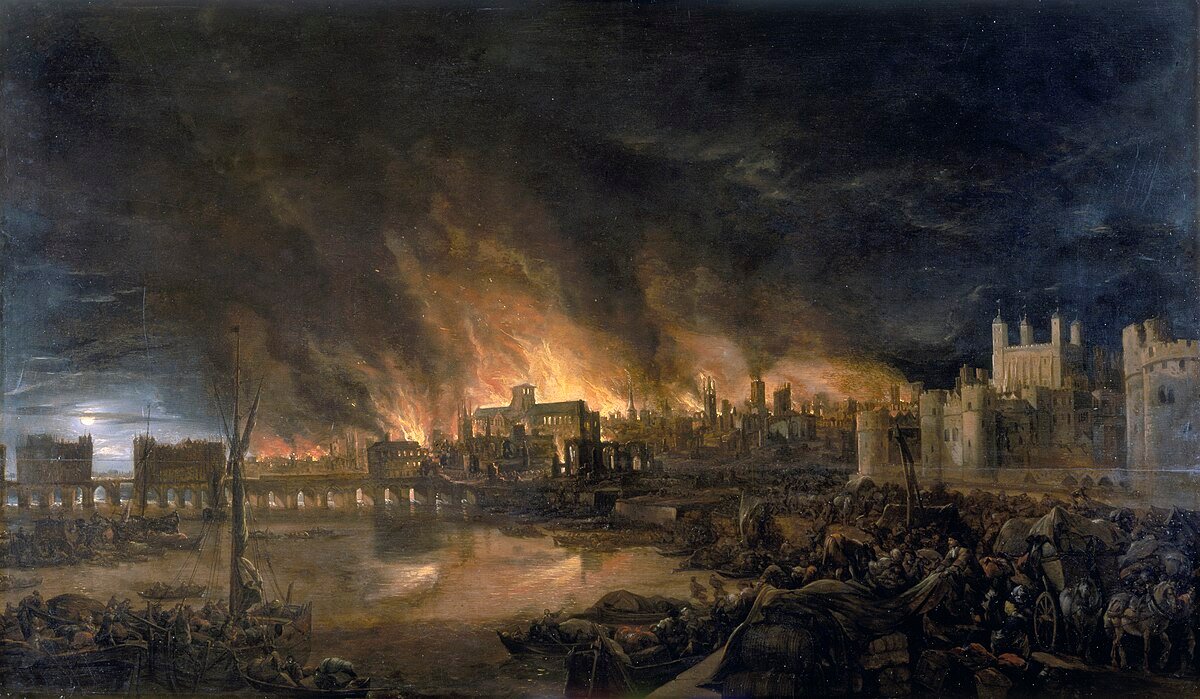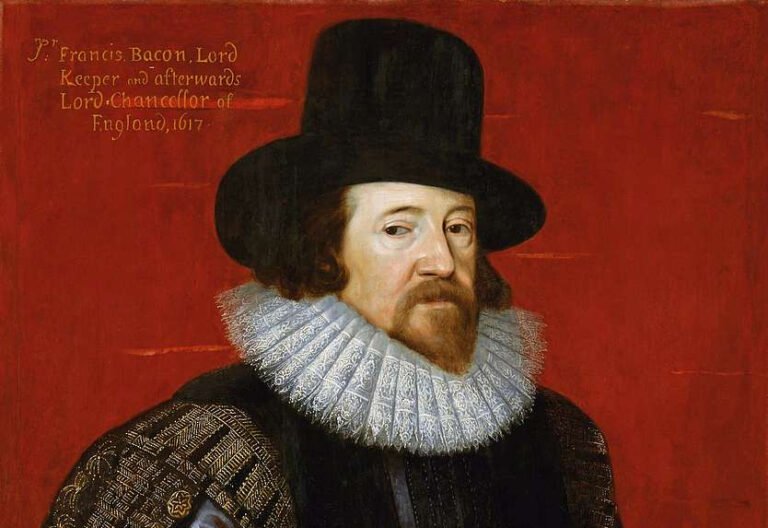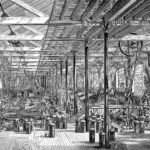The Great Fire of London in 1666 was a catastrophic event. It reshaped the city and left a lasting mark on history.
The fire started on September 2, 1666, in a small bakery on Pudding Lane. Within days, it turned much of London into ashes. The blaze consumed over 13,000 houses, 87 churches, and many key buildings. Thousands of Londoners were left homeless, their lives forever changed.
The fire’s aftermath led to significant changes in building regulations and urban planning. This disaster is not just a tale of destruction but also one of resilience and rebuilding. Discover how this fire transformed London, influencing architecture and safety standards for generations. Dive into the story of survival and rebirth, and learn from the lessons it taught us.
The Spark Of The Great Fire
The Great Fire of London in 1666 was a disaster. It began as a small spark but soon grew out of control. The fire raged across the city, leaving a path of destruction. This event changed London forever. Let’s dive into the details of how this inferno spread and how the city responded.
Rapid Expansion
On September 2, 1666, a fire started in a bakery on Pudding Lane. The flames quickly spread due to strong winds. In just a few hours, the fire had consumed many homes and businesses.
The buildings in London were made of wood. This made it easy for the fire to spread. Streets were narrow, and houses were close together. This allowed the flames to jump from one building to the next.
Key factors that caused the rapid spread:
- Strong winds
- Wooden structures
- Narrow streets
The fire was unstoppable. People tried to save their belongings but had to flee for their lives. The city was in chaos.
City’s Response
The city’s response to the fire was slow at first. The Lord Mayor did not take the fire seriously. By the time he acted, the fire was out of control.
The main strategy was to create firebreaks. This meant pulling down buildings to stop the fire from spreading. But, the fire was too fierce. Many buildings were destroyed before the fire was under control.
| Response | Effectiveness |
|---|---|
| Creating firebreaks | Limited success |
| Using firehooks | Not effective |
| Bucket brigades | Too slow |
The fire burned for four days. It destroyed 13,200 houses, 87 churches, and many other buildings. The city had to be rebuilt. This tragedy led to new building regulations in London.
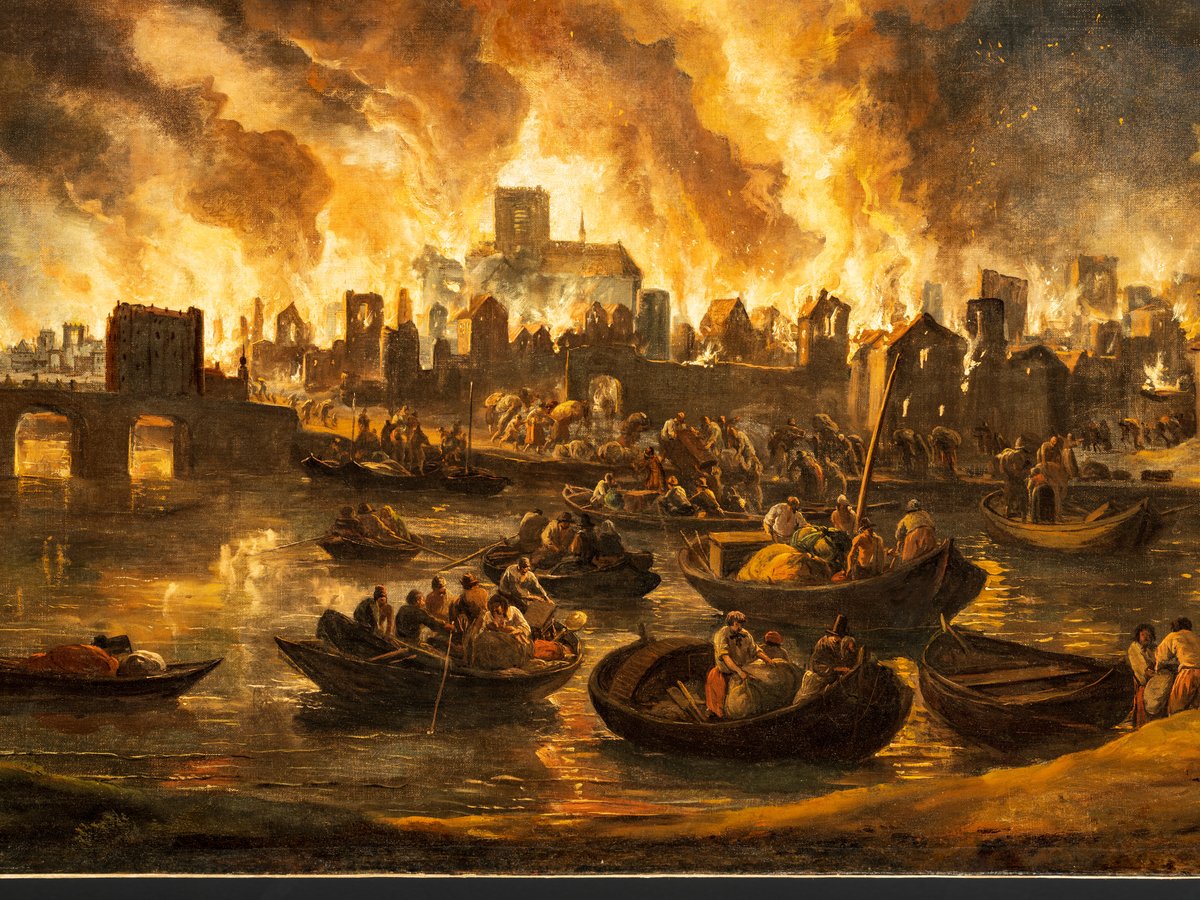
Credit: www.mfab.hu
The Inferno Unleashed
The Great Fire of London in 1666 was a catastrophic event. Several key figures played important roles during this disaster. Their actions and accounts give us a vivid picture of those fateful days.
Samuel Pepys’ Account
Samuel Pepys, a naval administrator, kept a detailed diary. His entries provide a firsthand look at the fire. Pepys wrote about the chaos and destruction he witnessed. He described how people tried to save their belongings.
- Pepys buried his cheese and wine to protect them from the fire.
- He observed the efforts of firefighters and the panic among citizens.
Pepys’ account remains one of the most valuable sources of information. His diary helps historians understand the human side of the disaster.
Role Of King Charles II
King Charles II played a crucial role during the fire. He took charge of the firefighting efforts. The king worked alongside his subjects to extinguish the flames.
| Action | Description |
|---|---|
| Leadership | The king organized groups to demolish buildings and create firebreaks. |
| Support | He provided resources and manpower to fight the fire. |
King Charles II’s involvement was significant. His actions helped to slow the spread of the fire. The king’s leadership during this crisis was admired by many.
Destruction And Chaos
After the Great Fire of London in 1666, the city faced a massive task. The fire had left a significant portion of the city in ruins. People needed to rebuild their homes, businesses, and lives. The aftermath and recovery process was long and challenging. It required careful planning and immense effort from everyone involved.
Immediate Consequences
In the immediate aftermath, thousands of Londoners were left homeless. The fire had destroyed more than 13,000 houses. Many people lost everything they owned. They had to seek shelter in tents and makeshift huts. The city struggled to provide food and basic necessities. Disease spread quickly in the crowded and unsanitary conditions.
The economy also took a massive hit. Many businesses and markets had burned down. Trade and commerce came to a halt. People were out of work, and there was widespread poverty. The city needed urgent help to recover from the disaster.
Reconstruction Plans
The government quickly began planning the reconstruction of London. They aimed to rebuild the city in a more organized and safer way. Sir Christopher Wren, a renowned architect, played a crucial role in these plans. He proposed wide streets and brick buildings to prevent future fires.
Parliament passed laws to ensure the use of fire-resistant materials. They also set up a Fire Court to resolve disputes over property ownership. The rebuilding process took many years. But, Londoners worked tirelessly to restore their city. The new London emerged stronger and more resilient.
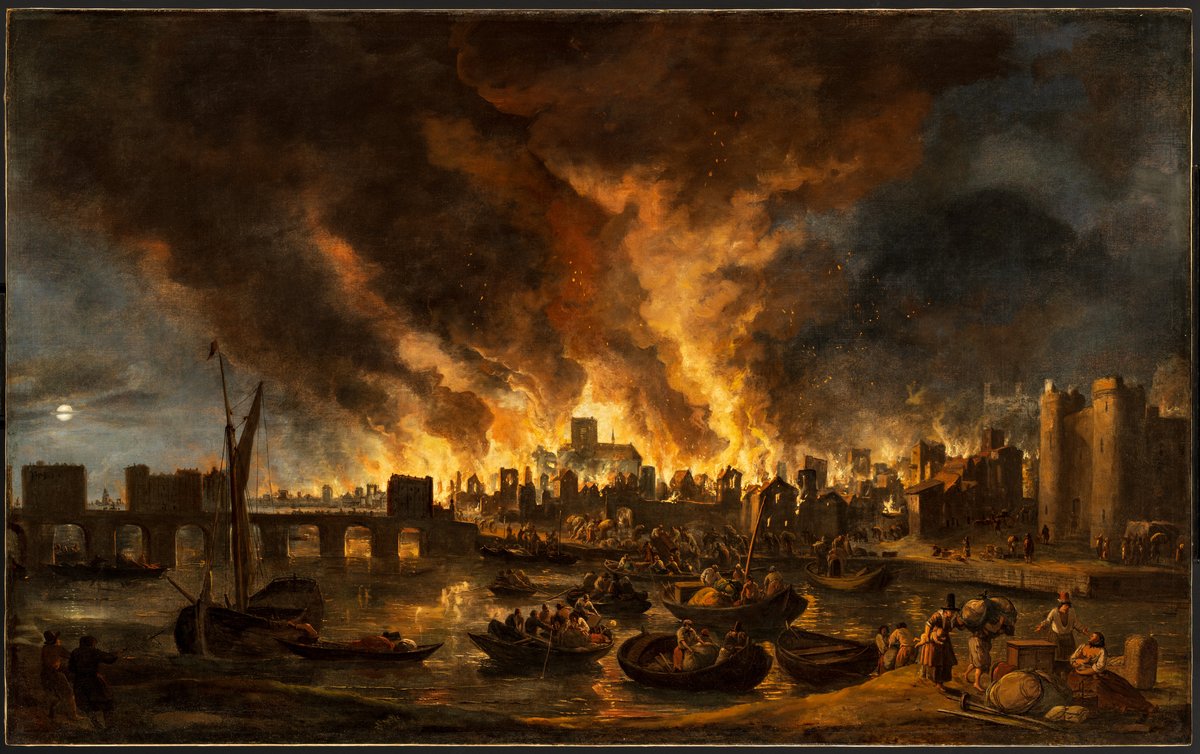
Credit: www.mfab.hu
Key Figures During The Fire
The Great Fire of London in 1666 left a lasting mark on the city. It reshaped fire safety, urban planning, and the overall structure of London. The changes implemented in the aftermath of the fire had significant long-term impacts.
Changes In Fire Safety
Before the fire, London had many wooden buildings. These were highly flammable. After the fire, new building regulations emerged.
- Brick and stone replaced wood as the primary building materials.
- New buildings had to follow strict guidelines to reduce fire risk.
In addition, the fire led to the formation of organized firefighting systems. The first fire insurance company appeared, providing more resources for fire prevention.
Urban Planning Reforms
The fire also led to significant changes in urban planning. Before the fire, London’s streets were narrow and winding. This made it difficult to control the spread of flames.
After the fire, streets were widened and straightened. The city was redesigned with better organization and safety in mind. Open spaces were added to act as firebreaks.
These changes not only improved safety but also enhanced the city’s overall appearance and functionality. London’s new layout became a model for modern urban planning.
Efforts To Contain The Blaze
The Great Fire of London in 1666 left an indelible mark on the city. Its aftermath influenced many aspects of London’s development, architecture, and culture. The fire brought dramatic changes that shaped the city’s future.
Historical Significance
After the fire, London saw significant changes in building regulations. The city implemented new rules to prevent future fires. Wooden buildings were banned. Instead, buildings were constructed with brick and stone. Streets were widened, reducing the risk of fire spread.
The fire also influenced urban planning. Sir Christopher Wren designed new buildings. His most famous work is St. Paul’s Cathedral. The fire led to the creation of the Fire Court. This court resolved disputes between landlords and tenants.
Cultural Depictions
The Great Fire has inspired various cultural works. Writers, artists, and filmmakers have depicted this event in their works. Daniel Defoe wrote about the fire in his book “A Journal of the Plague Year”. The event is also depicted in paintings. One famous painting is “The Great Fire of London” by Lieve Verschuier.
In modern times, the fire has appeared in films and TV shows. It features in the BBC series “Poldark” and the movie “To Kill a King”. These depictions keep the memory of the Great Fire alive.
| Aspect | Details |
|---|---|
| Building Regulations | Switch from wood to brick and stone |
| Urban Planning | Wider streets, new designs by Sir Christopher Wren |
| Cultural Works | Books, paintings, films, and TV shows |
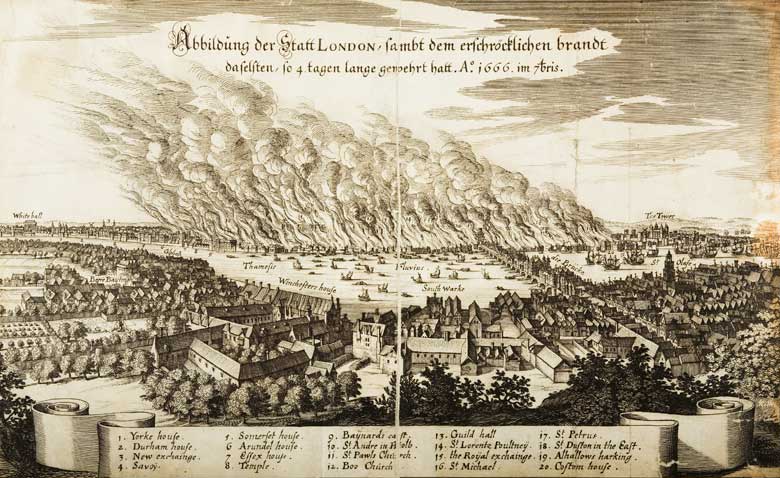
Credit: www.london-fire.gov.uk
FAQs
What Caused The Great Fire Of London?
The Great Fire of London started in a bakery on Pudding Lane. A spark from a bakery oven ignited the flame.
How Long Did The Great Fire Of London Last?
The fire lasted from September 2 to September 6, 1666. It burned for four days and nights.
How Many Buildings Were Destroyed In The Fire?
The Great Fire of London destroyed over 13,000 houses. It also destroyed 87 churches and numerous businesses.
Were There Any Casualties In The Great Fire?
Few deaths were recorded, but exact numbers are unknown. Many people fled the city, reducing casualties.
Conclusion
The Great Fire of London in 1666 taught many lessons. It showed the need for better building materials. It improved city planning. The fire led to safer streets and better fire-fighting methods. London grew stronger from this tragedy. The city’s resilience inspired future generations.
Reflecting on history helps us prepare for a safer future. Learning from past events is crucial. History shapes our present and guides our future.

